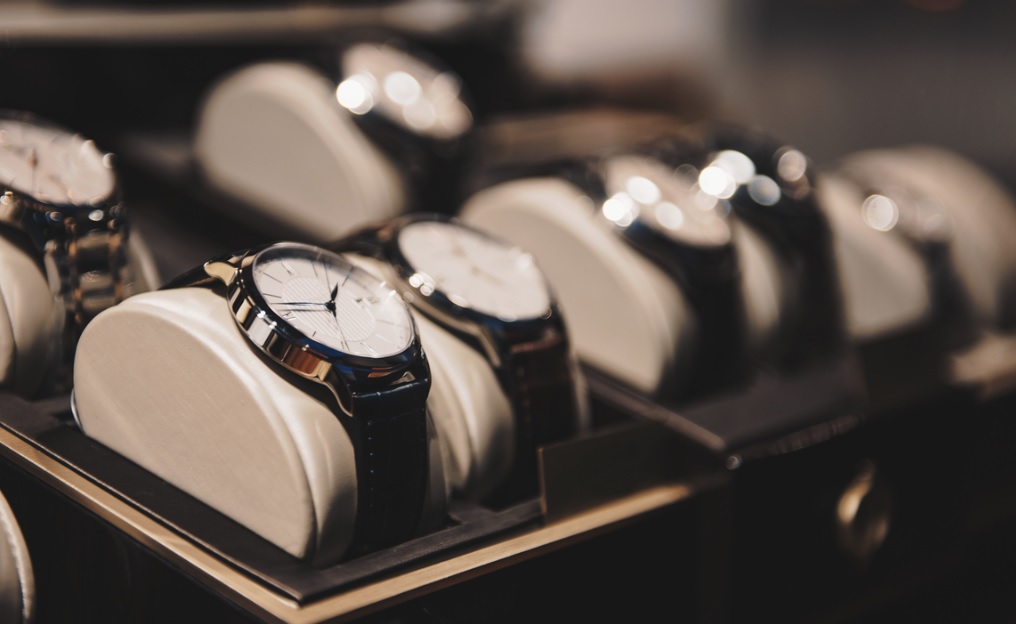
US luxury spending saw a significant downturn in July, reveals Citi Research's latest findings. Spending on luxury goods dropped by 11 per cent compared to the same month last year, marking another month of declining demand. This decline, based on data from 10 million credit card holders, follows a 7 per cent dip in June, suggesting a sustained softening in the luxury market.
The report highlighted a particular weakness in luxury leather goods and ready-to-wear categories. However, bucking the overall trend, the watch category saw an unexpected surge in demand, pointing to a potential shift in consumer preferences or spending patterns within the luxury sector.
Key findings
Spending growth slows: Year-over-year spending growth in the US luxury market decelerated to 5 per cent in July 2024, compared to 8 per cent in June and 10 per cent in May.
Shift towards value: Consumers are becoming more selective in their luxury purchases, prioritizing items that offer long-term value and durability.
Experiences gain traction: Spending on luxury experiences, such as travel and fine dining, continued to outpace spending on goods.
Table: US luxury market spending growth
|
Month |
Year-on-year growth |
|
May 2024 |
10% |
|
June 2024 |
8% |
|
July 2024 |
5% |
The rise of ‘quiet luxury’
The report highlighted the growing trend of ‘quiet luxury’, where consumers are opting for understated, high-quality items over flashy logos and conspicuous consumption. This shift is driven by a desire for authenticity and individuality in luxury purchases. In fact, the decline in traditional luxury categories like leather goods and ready-to-wear could be attributed to the rise of 'quiet luxury.' This trend favours understated, high-quality items over flashy logos and conspicuous consumption. Consumers are increasingly seeking value and longevity in their purchases, which may explain the growing interest in luxury watches, known for their craftsmanship and enduring appeal.
Analysts say, the July data confirms a sustained weakening in US luxury spending. While the overall picture is concerning, the growth in the watch category suggests that consumers are still willing to spend on luxury items that offer enduring value and quality.
Overall, the US luxury market is facing headwinds from multiple directions. Economic uncertainty, rising interest rates, and shifting consumer priorities are all contributing to the current downturn. However, the resilience of certain categories, like watches, offers a glimmer of hope. As consumer preferences continue to evolve, luxury brands that can adapt to these changes and offer products that resonate with the new 'quiet luxury' ethos may be best positioned to weather the current storm.












